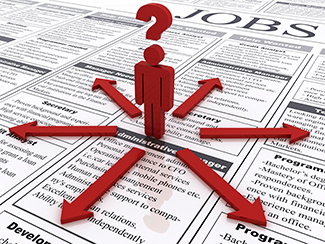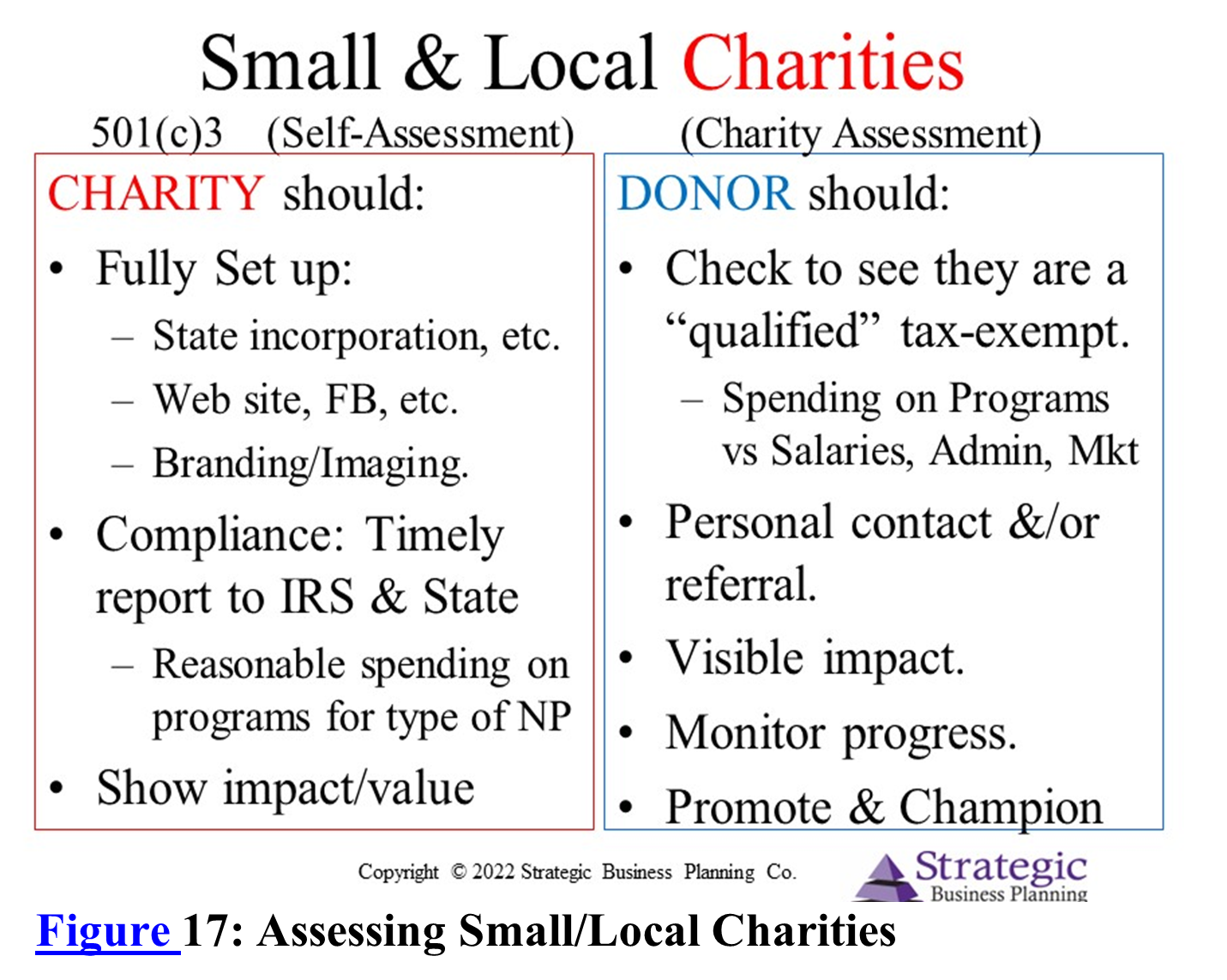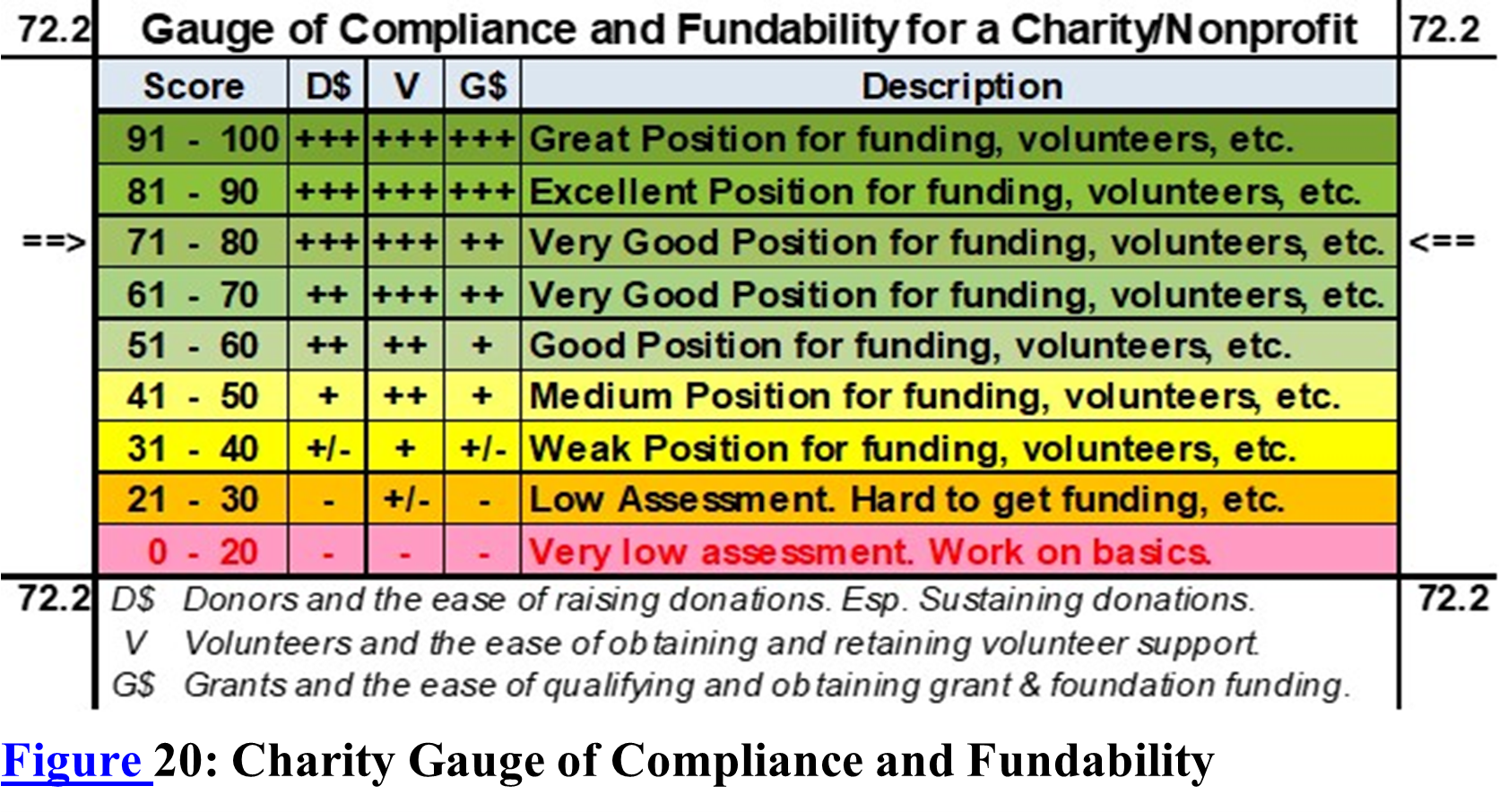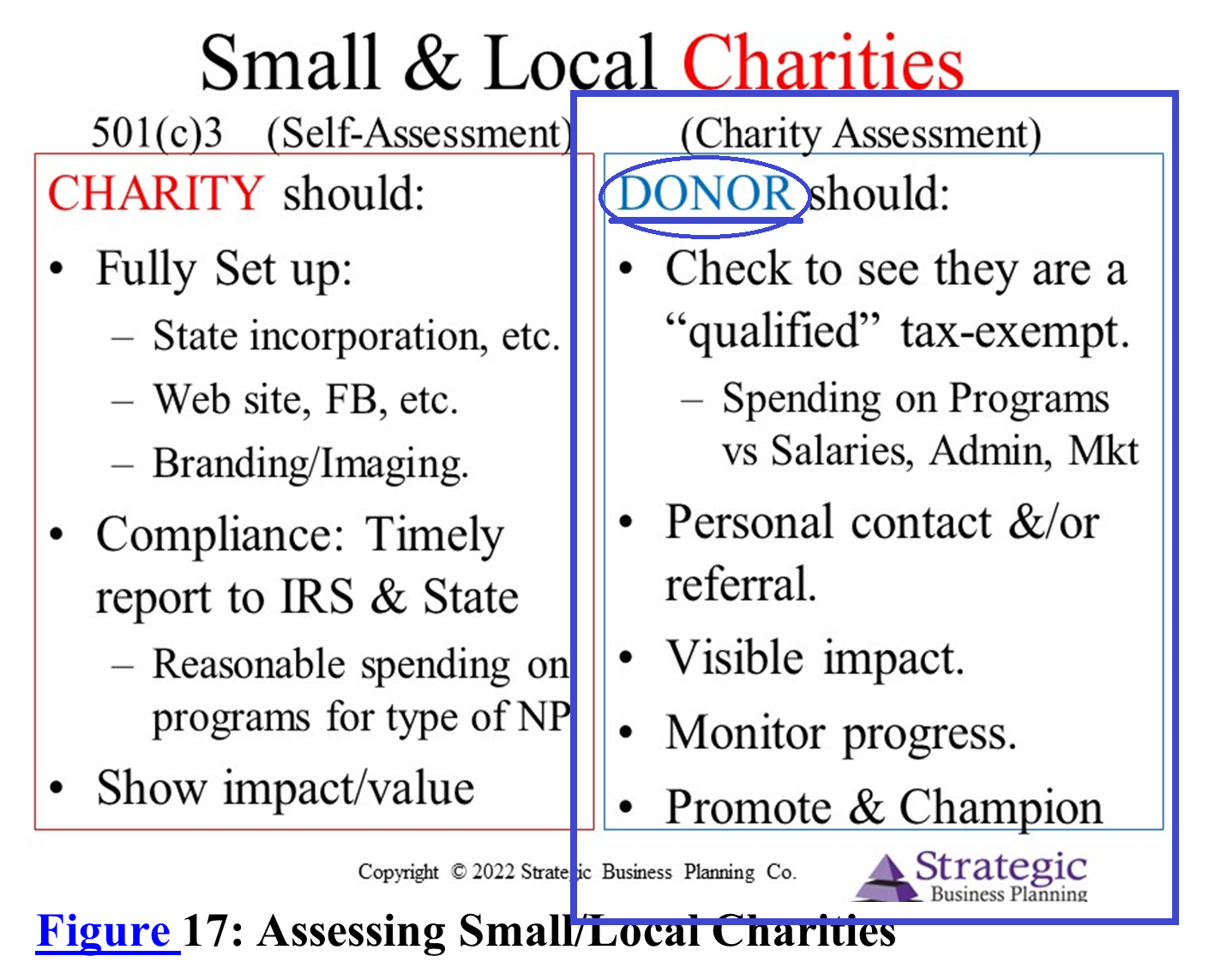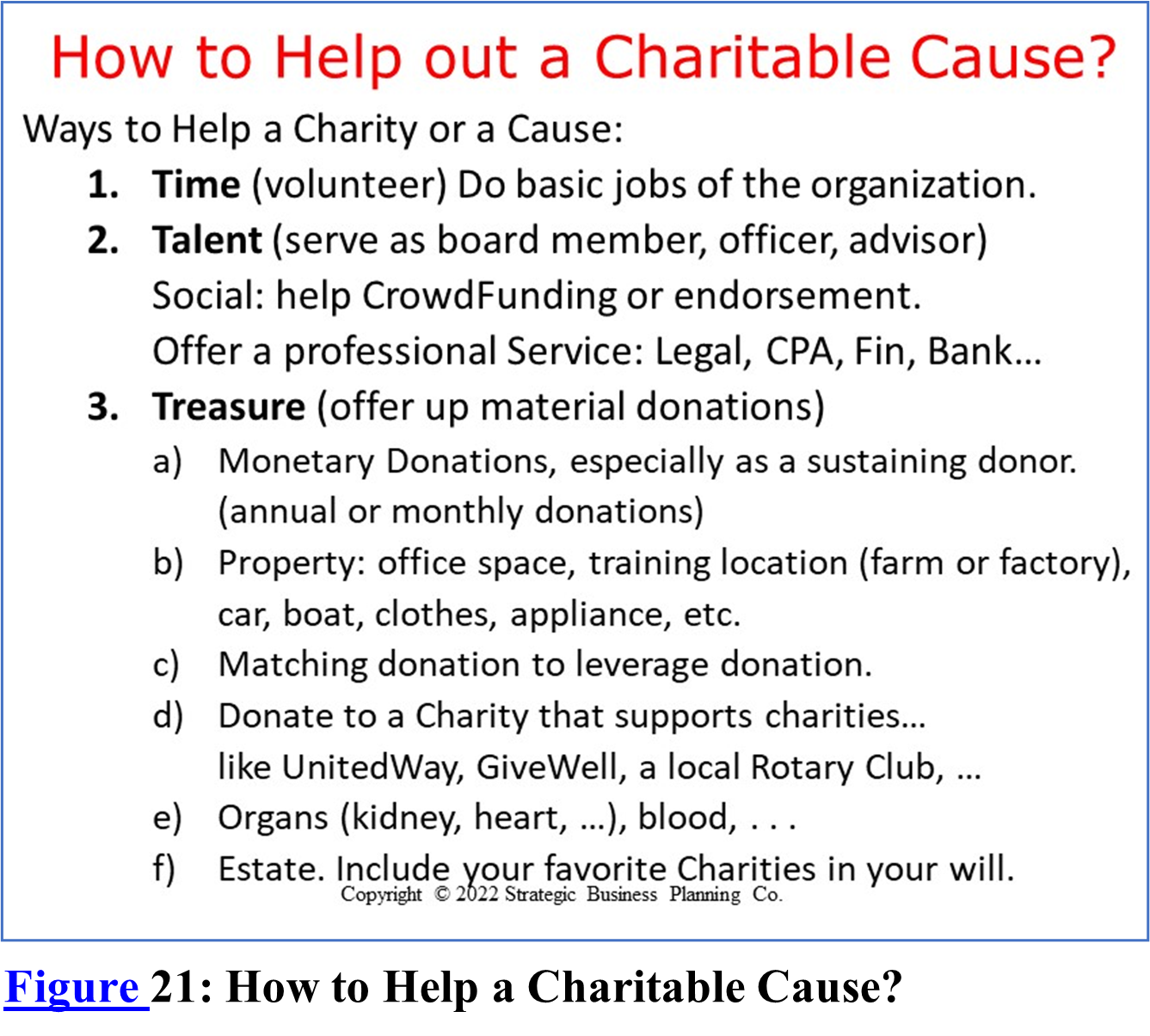We are rapidly moving to one of the most disruptive innovations in modern computing. Truly mobile computing. The Driver-less car. These cars are going to have a lot of computing power on-board. They will need to be self contained, after all, if going through a tunnel or parking lot. But they will be amassing massive amounts of data as well, 4 terabytes of data per day for the average self-driving car. Wow. And current mobile data plans start to charge you or throttle you after about 10MB of data usage per month.
Read about this in a great WSJ article by Greenwald on March 13. It focuses on the companies in play and the new bid by Intel to buy MobilEye for $15.3B, the look-around and self driving technology going into GM, VW & Honda cars. The 34% premium shows how important this tech is to the slumbering Tel Giant.
What’s all the fuss about driver-less cars? How does going Driver-Less impact the future: what are potential interruptions, problems and/or discontinuities? How could this technology alter the strategic plans for many market leaders?
It seems likely that the majority of Americans will reject using/supporting driver-less vehicles… for a while. It removes individual control, emasculates the sense of manly power while removing decision making. One cannot demonstrate a charged-up ego to a potential partner when a computer and sensors are driving the speed limit behind a school bus. A driver can suddenly opt for a shortcut or a scenic route that he knows by heart. Not so the driver-less vehicle. However, Tesla drivers have already been reprimanded, for letting the car do too much of the driving, under too many unusual circumstances.
Just a few things to think further about: Long-Haul Trucking and Enabling Technologies.
Long-haul trucking. There is a major shortage of truck drivers. Labor rules don’t let drivers do long hauls without breaks or rest. So long haul driving often uses two drivers for the same truck that is going coast to coast. If the truck needs to stop and drop along the way, however, then a person on-board, might still be necessary. However drops and pickups usually have someone there at the warehouse who can assist. How will the truck fuel itself up at the Flying-J truck stops? If we can fuel up fighter jets in mid air, we can figure out how to fuel up a driver-less truck. One obvious solutions – or not so obvious, if you’re not in the habit of longer-term and sustainable thinking – is to move to electric trucks and a charging pad. Simply drive the electric truck over a rapid-charging pad. Rapid-charge technology is already generally available using current technologies (especially with minor improvements in batteries and charging).
Enabling Technology Units (ETUs). The MobilEye-types of technology apply to lots and lots of other situations, such as trucks, farm tractors, forklifts, etc. Much of the technology being developed for the driver-less car is what Hall & Hinkelman (2013) refer to as Enabling Technology Units (ETUs) in their Guide book to Patent Commercialization. The base technologies have many and broad based applications beyond the obvious direct market application. It is the Internet of things, when the “things” are mobile, or when the “things” around it are mobile, or both. This is an interesting future of mobile computing.
References
Hall, E. B. & Hinkelman, R. M. (2013). Perpetual Innovation™: A guide to strategic planning, patent commercialization and enduring competitive advantage, Version 2.0. Morrisville, NC: LuLu Press. ISBN: 978-1-304-11687-1 Retrieved from: http://www.lulu.com/spotlight/SBPlan
